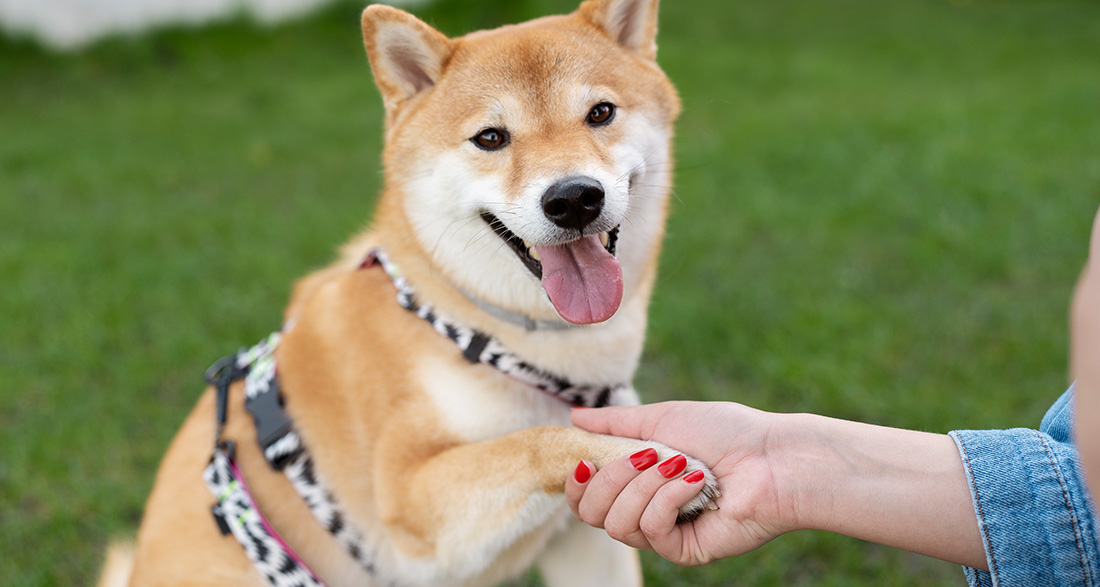Do you want to teach your dog to shake paws? Don’t worry, it’s not that difficult. Moreover, it can be useful: “Shake Paws” strengthens the bond or can be helpful when dealing with the dog at the vet. Here’s how to teach your dog the classic greeting.
Most dogs learn to shake paws quite quickly. However, if your four-legged friend suffers from arthritis or joint problems in the front legs, you should consult a vet to determine if this movement is painful or counterproductive for your dog. Otherwise, you can practice this “trick” with any breed and at any age.
How to Teach “Shake Paws”: Stage One
Once your dog has mastered the “Sit” command, the first step toward “Shake Paws” is taken. Here’s what you should keep in mind:
- Ensure that your furry friend is fully focused on you.
- Avoid any distractions and disturbances.
Teaching “Shake Paws”: Stage Two
Hold a treat in your hand. Kneel or sit in front of your dog, extend the treat at a short distance above its nose. If your best friend nibbles at the treat, continue holding it firmly. Only when the four-legged companion attempts to bring your hand down with its paw, react. Say “Shake Paws” aloud, praise your dog, and immediately give it the treat.
Tip:
Even smaller efforts should be rewarded. So, if your dog lifts its paw just a little, be sure to praise it.
How Your Dog Learns to “Shake Paws”: Stage Three
It won’t take long for your dog to associate “Shake Paws” with the corresponding paw movement. Keep rewarding the action with the treat for a while. Eventually, there will come a point where you only need to give the command: your four-legged companion will give you its paw without a reward being involved.
Tip:
At the beginning, most dogs don’t like having their paw held. Give your loyal companion enough time to get used to it.


